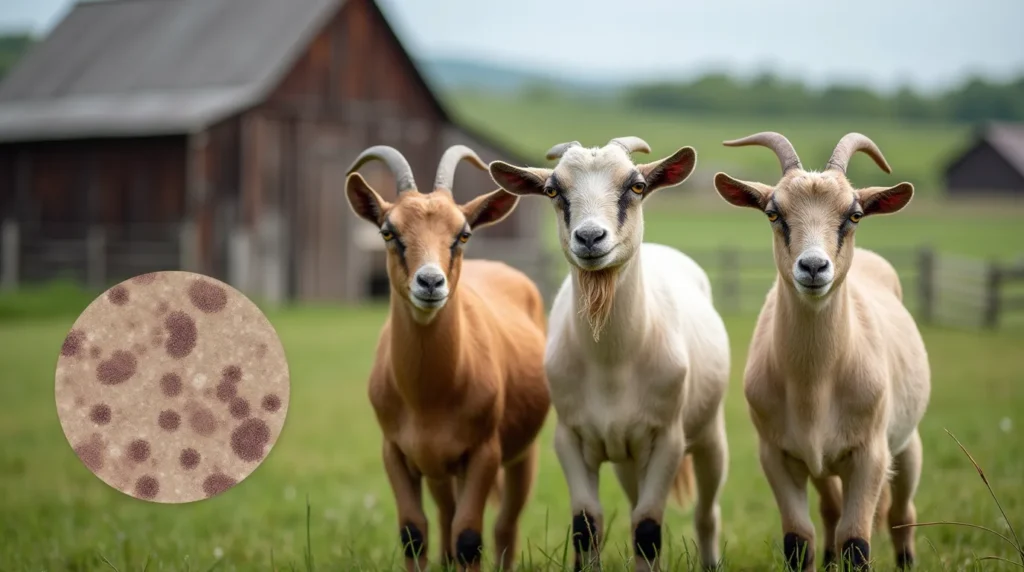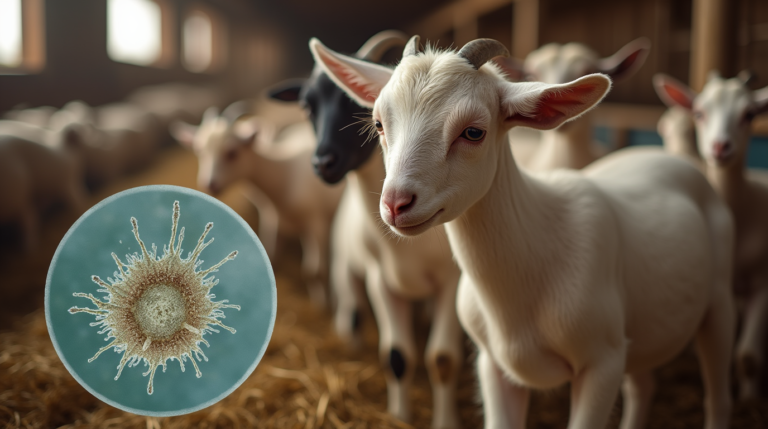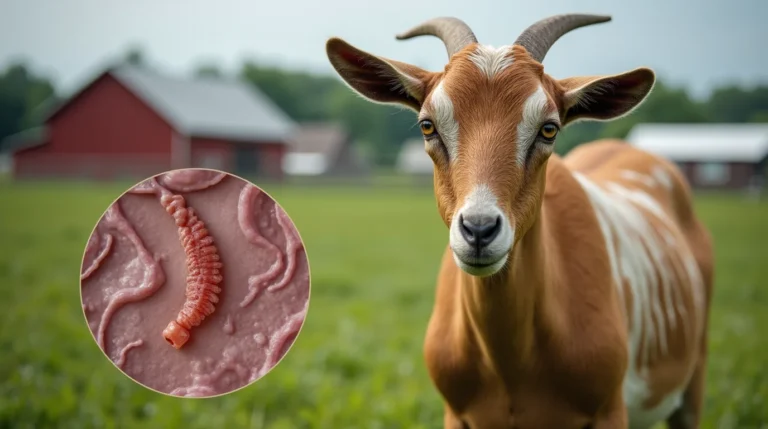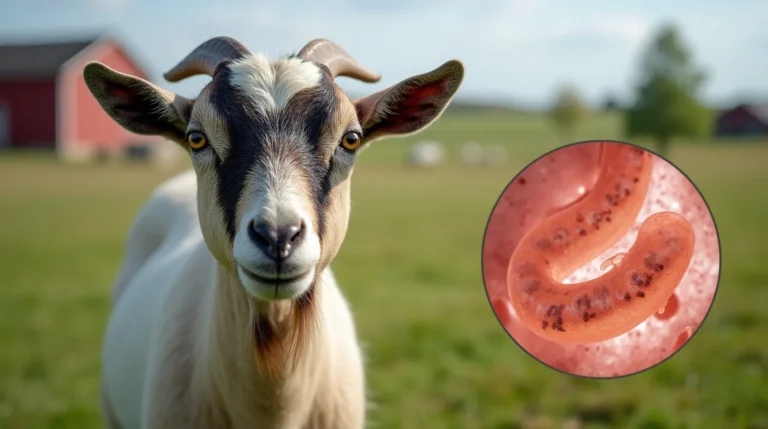Protect your goat herd from Johne’s Disease in Goats Disease: Learn the 6 critical signs, management strategies, and prevention techniques to safeguard your livestock’s health.

Table of Contents
Johne’s Disease represents a significant and often silent threat to goat herds worldwide, causing substantial economic losses and compromising animal welfare. This chronic bacterial infection, caused by Mycobacterium avium subspecies paratuberculosis (MAP), can devastate small ruminant populations if left unmanaged. As a responsible goat owner or agricultural professional, understanding the nuanced complexities of Johne’s Disease in goats is crucial for maintaining a healthy and productive herd.
In this comprehensive guide, we’ll explore the critical signs, transmission mechanisms, diagnostic approaches, and innovative management practices that can help you protect your valuable livestock from this insidious disease.
What is Johne’s Disease?
Johne’s Disease is a chronic, progressive bacterial infection primarily affecting the intestinal tract of ruminants, including goats, sheep, and cattle. The bacteria gradually destroy the intestinal wall, leading to reduced nutrient absorption, chronic diarrhea, and significant weight loss despite normal feed intake.
Key Characteristics
- Caused by Mycobacterium avium subspecies paratuberculosis (MAP)
- Slow-progressing chronic infection
- Primarily affects young animals but manifests clinically in adult goats
- Challenging to diagnose in early stages
6 Critical Signs of Johne’s Disease in Goats
1. Chronic Weight Loss
Weight loss is the most prominent and devastating symptom of Johne’s Disease. Despite maintaining a consistent diet, infected goats experience:
- Gradual but persistent weight reduction
- Muscle wasting
- Decreased body condition score
- Inability to maintain weight even with adequate nutrition
Risk Factors
- Age of infection
- Bacterial load
- Individual animal immune response
2. Persistent Diarrhea
Chronic diarrhea is a hallmark sign of advanced Johne’s Disease. Key observations include:
- Watery, soft feces
- Intermittent or constant diarrhea
- No response to traditional treatment
- Potential dehydration
3. Reduced Milk Production
Dairy goats infected with Johne’s Disease experience significant milk production challenges:
- Decreased milk yield
- Lower milk quality
- Extended recovery periods
- Potential early culling
4. Submandibular Edema (Bottle Jaw)
A distinctive clinical sign characterized by:
- Soft, fluid-filled swelling beneath the jaw
- Indicates advanced protein loss
- Often a late-stage manifestation
- Signals significant nutritional compromise
5. Decreased Fertility and Reproductive Performance
Johne’s Disease dramatically impacts reproductive capabilities:
- Reduced conception rates
- Increased abortion rates
- Compromised offspring health
- Potential transgenerational transmission
6. Weakness and Lethargy
Infected goats demonstrate:
- Reduced activity levels
- Reluctance to move
- Decreased grazing time
- General physiological decline
Transmission and Risk Factors
Primary Transmission Routes
- Vertical transmission (from mother to kid)
- Horizontal transmission through:
- Contaminated feed
- Infected water sources
- Shared living spaces
High-Risk Populations
- Young kids under 12 months
- Immunocompromised animals
- Herds with previous infection history
Diagnostic Approaches
Testing Methods
- Fecal Culture
- Blood Antibody Tests
- PCR Testing
- ELISA Screening
Recommended Testing Frequency
- Annual comprehensive herd testing
- Quarantine protocols for new animals
- Regular veterinary consultations
Management and Prevention Strategies
Biosecurity Measures
- Implement strict quarantine protocols
- Maintain clean, dry living environments
- Separate infected animals
- Practice rigorous hygiene standards
Vaccination and Treatment
- Consult veterinary professionals
- Consider strategic vaccination programs
- Develop individualized treatment plans
Recommended Pet Products on Amazon
- Veterinary Diagnostic Test Kits
- Livestock Disinfection Solutions
- Nutritional Supplements for Goats
- Specialized Goat Healthcare Monitoring Tools
Johne’s Disease in goats (FAQ)
Q1: Can Johne’s Disease be completely cured? A: Currently, there is no definitive cure. Management focuses on prevention and minimizing spread.
Q2: How quickly does the disease progress? A: Progression varies, typically taking months to years before clinical symptoms manifest.
Q3: Is Johne’s Disease transmissible to humans? A: While controversial, some research suggests potential zoonotic transmission risks.
Conclusion
Understanding and managing Johne’s Disease requires a comprehensive, proactive approach. By recognizing early signs, implementing robust diagnostic protocols, and maintaining stringent biosecurity measures, goat owners can significantly mitigate the disease’s impact.
Call to Action: Share your experiences with Johne’s Disease PDF management in the comments below! Have you encountered challenges in your herd? Your insights could help fellow goat enthusiasts.
Additional Resources
For more expert pet care tips and comprehensive livestock management guides, visit BlithePet





